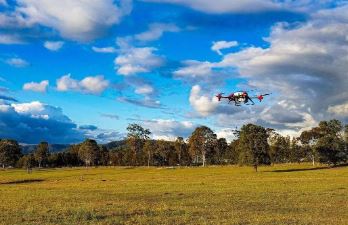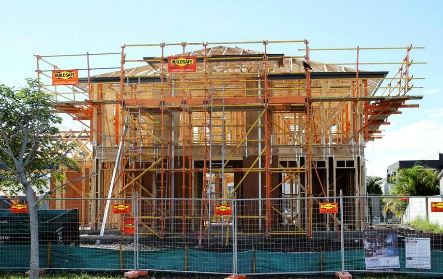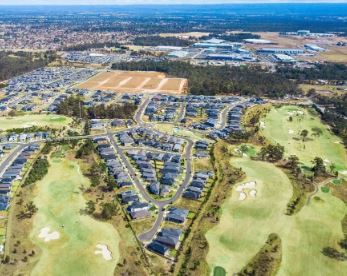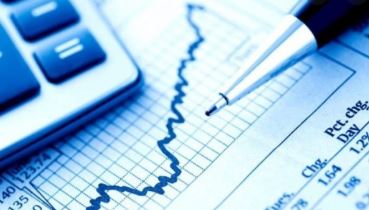
Now affected by the epidemic, some investors have reached the best time to enter the market. Because this means that an opportunity to earn 5% to 10% more than the period of continuous growth in housing prices has arrived.
Real estate is not a source of water and wood without roots, because there is land to rely on. The value of houses is rooted in the land. As we all know, under normal circumstances, the gains from buying and selling land and real estate are basically value-added gains. If you are an individual investor, if you hold assets for more than 12 months, there will usually be a 50% discount on asset VAT. However, when you buy land, divide it, and then sell it by hand, if this set of actions is recognized by the ATO as a one-time speculative profit (for profit), then the increase may be taxed at 100%. That is, there is no 50% VAT discount, even if held for more than 12 months, because the income cannot be counted in the asset appreciation category.
Buying land is indeed a relatively value-preserving investment. According to relevant information, Australian family farms are particularly multi-purpose land investment. The rate of return on my investment is relatively large, and the land as a pasture investment is relatively cheap. A$500,000 can be bought for eight. Up to ten acres of land. If you want to use it as a commercial land, it is many times more expensive than the land for animal husbandry. Compared with other countries and large cities, the relative price of land investment in Australia is fairly reasonable. Whether it is used as a breeding industry or commercial land for land investment. Be self-planning appropriate. Every aspect of a country can affect the rate of return on investment.

Australian Land Market Status

According to RP Data data, the overall house prices in Melbourne rose by 12% in 2015. At present, the interest rates of major Australian banks are at historically low levels, which has continued to expand house price increases. The investment value of Australian real estate is more reflected in the appreciation of land. In the statistics of the past 40 years, Australian land prices have been steadily increasing by 7%-10% annually. From the current situation, Australian land prices will continue to maintain a benign upward channel.
The direct proportion of supply and demand:
According to the Victorian government’s 2015 population data analysis, by 2031, the population of Greater Melbourne will rise by 50% and increase by 1.9 million people; the average annual population growth will reach 55882, and the average annual household growth will be 22716; the rapid population growth in Melbourne has caused There is a serious shortage of housing and land, and construction land in cities is becoming scarcer,

The area of houses under construction has been shrinking, resulting in the continuous expansion of market demand and the steady rise in land value, which constitute a strong support for real estate.
(1) The number of newly listed parcels in Melbourne reached as high as 12,901 in 2014. However, the number of newly listed parcels in Melbourne increased by 53.3% in 2015, reaching 19774;
(2) The average size of newly listed parcels in 2015 decreased by 3.3% year-on-year, from 445 square meters in 2014 to 430 square meters. In 2015, the land price per square meter increased by 7.4% year-on-year, from 458 Australian dollars per square meter in 2014 to 492 Australian dollars per square meter;
(3) The growth of newly listed parcels and the decline in average size ensured a moderate increase in the median land price in Melbourne. Each parcel rose from 203825 Australian dollars in 2014 to 211,500 Australian dollars, an increase of 3.8%.
Close to the development of land parcels, the price increase is obvious (low-cost low risk, high return)
Due to the increasing local population in Melbourne, the price of Melbourne’s central area is relatively high, and the land is scarce. Many people choose to invest in suburbs outside Melbourne’s urban area, so the value of land is getting higher and higher. It is the best choice for those who intend to buy a house and live in the suburbs of Melbourne.

How to avoid speculation
So how can I convince the ATO that my segmentation is not speculation for profit?

- Purpose of dividing land
If the land is very large, it has been inhabited for many years, the homeowner’s age is high, and it is really not possible to manage such a large piece of land and have to sell it separately. Such a motive belongs to a motive not for profit, so enjoy 50% value-added The chance of tax discounts is relatively large. - The size of the land and the amount of division
The backyard of the house is divided into two, and compared with a piece of earth to push down his house into 10 small villas, the latter definitely looks more powerful for commercial purposes. - Loan amount of land development projects
The more loans that are used to develop this project, the easier it is to be determined that it has a business purpose, and for profit, the risk of being paid 100% of the profit, and the less chance of enjoying VAT discounts. - Time of land holding
The longer it is, the better. Too short holding time is not conducive to the purpose of the ATO debate. - Your tax history
If you often have similar operations in your personal tax history, small development, then it is easier for ATO to grasp the handle and determine that you are doing small development business.

